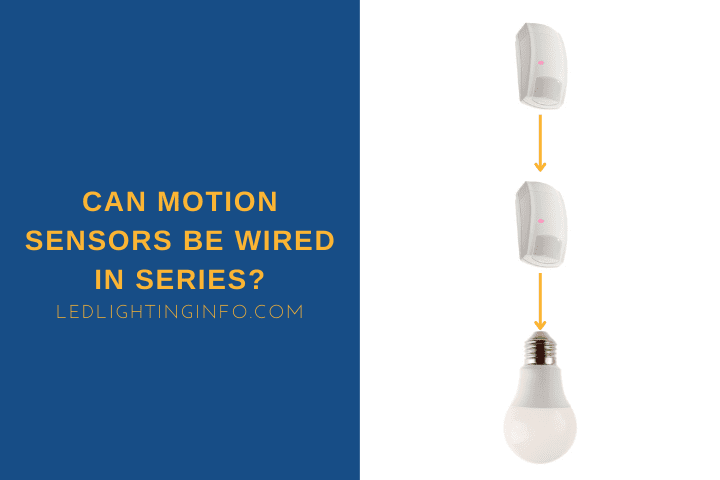A single motion sensor can’t be everywhere at once, and there are plenty of times when you might want to install multiple motion sensors around your home.
You might want to automatically trigger the lights for your indoor staircase, depending on whether you approach them from the bottom or the top.
Or you might have landscape lights that you want to switch on when you pull up your driveway and step out of the back door into your garden.
Can you wire two (or more) motion sensors onto the same circuit?
You can wire two motion sensors in series, but only if you want them to work when both are triggered simultaneously. Motion sensors act like a switch, breaking the circuit. In almost every case, you should wire them in parallel so that each works independently.
Let’s take a little bit of a deeper look at:
- Whether you can put two motion sensors on the same circuit
- If it’s better to wire sensors in series or parallel
- How to wire multiple motion sensors in series
Can I Put Two Motion Sensors On The Same Circuit?
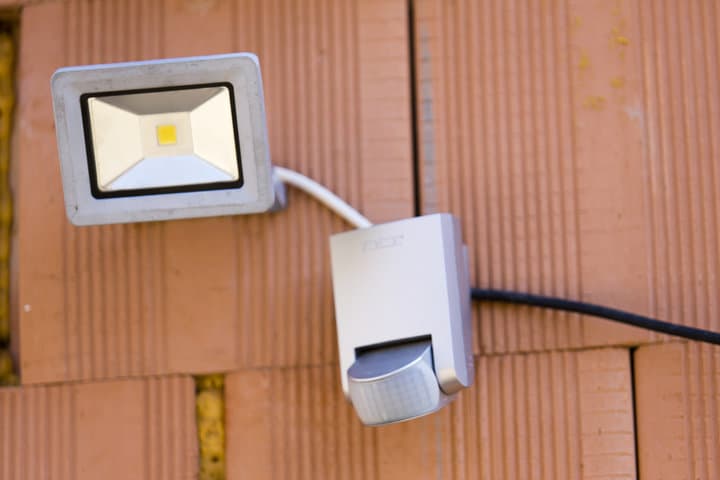
You can wire two motion sensors on the same wiring circuit, but how you wire those motion sensors is really important here.
If you daisy chains them in series, they’ll work much differently than if you wire them independently into the circuit.
This starts with a brief explanation of current flow and how motion sensors work.
Remember that the current will only flow in any electrical circuit if the circuit is complete. As soon as you break that circuit, the current stops flowing.
So even if the break comes after a component you want to be powered (such as a light), the light won’t work.
A motion sensor’s job is to ensure that lights (or any other devices) are only triggered when they detect motion.
They do that by acting as an open switch, breaking the circuit. However, they don’t completely break the circuit – otherwise, they wouldn’t work themselves.
But they essentially make sure that the current flow is interrupted.
When they detect motion, they close the switch, which completes the circuit and allows the current to reach the light and power it.
So with that now clear, imagine wiring multiple motion sensors onto a single circuit.
If you do it in series, where each sensor is daisy-chained, you’re introducing multiple breaks into the circuit.
And if one of those sensors is triggered, it closes just the break for that sensor. It doesn’t close the breaks where the other motion sensors are placed.
The only way to activate the lights where you have motion sensors daisy chained together in this way is to trigger all of the motion sensors at once.
You might have a purpose for this, but I don’t think there are any common situations where you would want all motion sensors to be triggered to activate the lights.
Instead, you’ll need an alternative wiring solution.
Is It Better To Wire Sensors In Series Or Parallel?
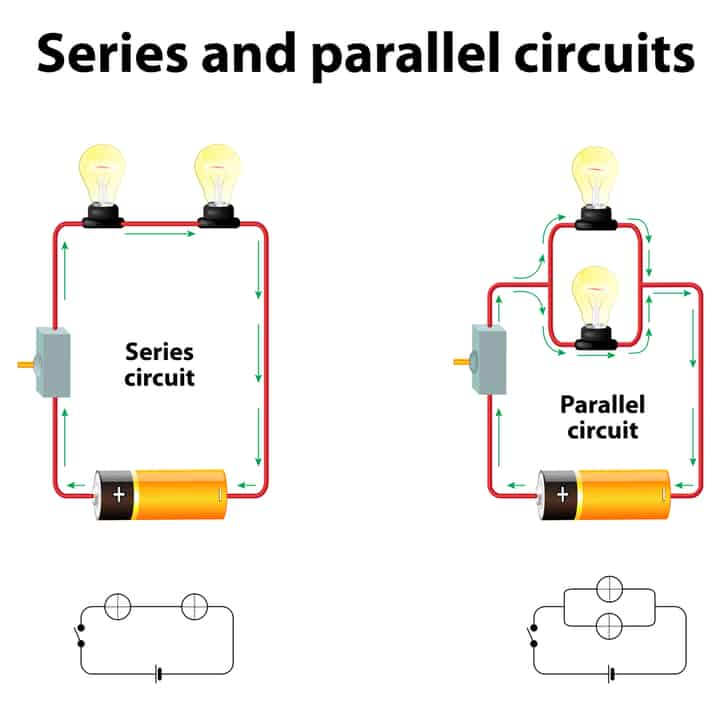
Wiring in series, as detailed above, is not the only choice.
You can also wire the motion sensors in parallel and still do this within the same circuit loop just by splitting a small part of it.
Essentially you’re wiring both motion sensors into the power source independently and then running the live wire from them both to the same wire into the light.
The circuit then closes from the light.
This means that as long as one of the sensors is triggered, there’s a closed loop that allows current to flow through so that the light can be switched on.
From there, the lights can all be wired in series or parallel themselves – it’s whatever works easiest for your setup.
Here is how you can do it in parallel.
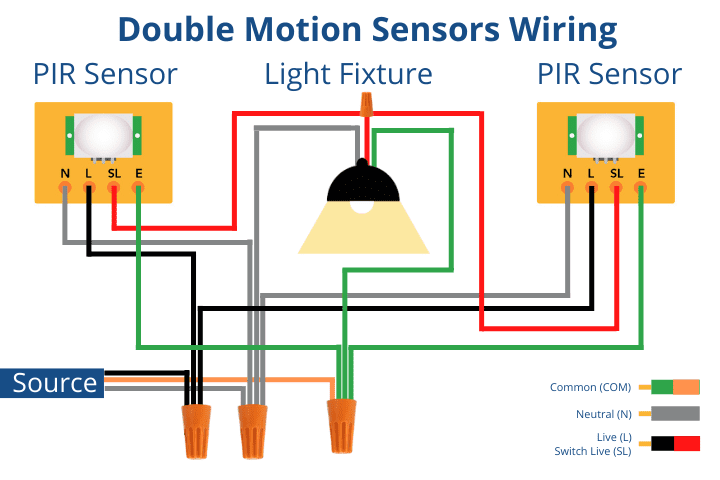
There’s no real benefit to wiring the lights in parallel if it’s more work unless you’re using the motion sensors to control a large volume of outdoor lights. You’re concerned about voltage drop.
But what about if you don’t want to control all of your lights at once? Is it possible to wire multiple motion sensors into a circuit, with each one controlling only some of the lights?
Technically it may be possible, but what you’re really looking to do is create a separate circuit loop for each sensor and set of lights.
Your line should run independently to each motion sensor and then from the sensor to those lights you want to control.
Only return the line back to the main circuit after the lights.
That way, each circuit loop is its own closed parallel circuit, and the lights on each loop will rely on their own motion sensor to be triggered.
How Do I Wire Multiple Motion Sensors In Series?
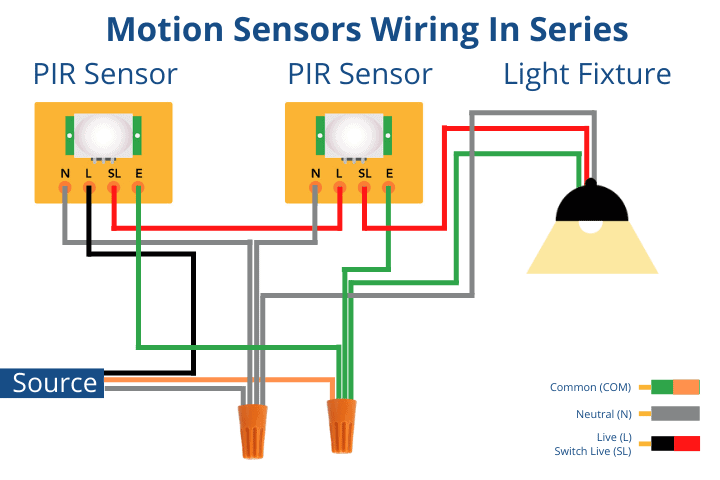
If you did find a purpose for wiring multiple motion sensors in series, then wiring them is really simple.
You ensure the line flows into the right terminal on each sensor, daisy-chaining them together.
Remember, though, that this means every sensor must be triggered for the circuit to be complete.
Otherwise, you’ll want to run the live power to each sensor independently.
Your line should split so that it doesn’t rely on a closed connection at any of the sensors – as long as one of them is triggered.
Also read: Do Motion Sensors Emit Radiation?
Final Words
If you have a scenario where wiring motion sensors in series works for you, I’d love to hear about it.
But for most people, you will want the lights to be switched on just when one of them is triggered, not sprinting between multiple.
Once you’ve understood why it’s necessary to wire them up this way, it’s a relatively straightforward job. You can use the same line source to offer a wider coverage of your home from multiple sensors, all of which trigger the same lights.
Any questions on wiring multiple motion sensors, or maybe some clever tips on using motion sensors around the home?

